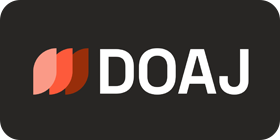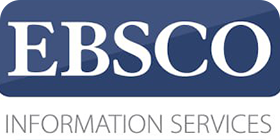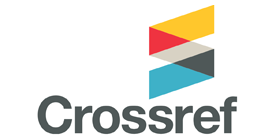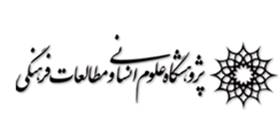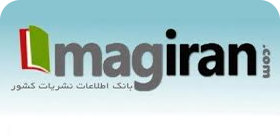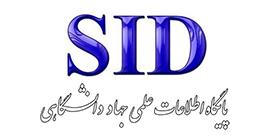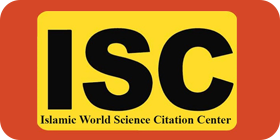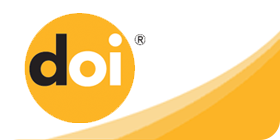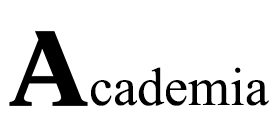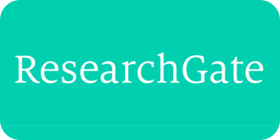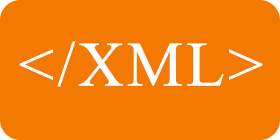Presenting a Pattern of Flexible working Hours in Government Organizations with an Emphasis on Increasing the Productivity Level of Academic Employees in the Ministry of Cooperation, Labor and Social Welfare
Keywords:
Flexible working hours, employee productivity, public organizations, self-management, self-control, self-organizationAbstract
Purpose: Flexible working hours can impact employee productivity. Therefore, the current research aimed to present a model for flexible working hours in public organizations, emphasizing increasing the productivity level of knowledge workers. Methodology: The present study was applied in objective and mixed-method (qualitative and quantitative) in execution. The qualitative study population included all academic and organizational experts familiar with the research domain, with a sample size of 25 determined based on theoretical saturation principle and selected through purposive sampling. The quantitative study population comprised all staff members of the Ministry of Cooperatives, Labor, and Social Welfare, with a sample size of 205 determined by Cochran's formula and selected through simple random sampling. Data for qualitative and quantitative sections were collected respectively using interviews and researcher-made questionnaires and analyzed with thematic analysis and exploratory factor analysis methods in Maxqda and Smart-PLS software, respectively. Findings: Qualitative findings revealed that flexible working hours encompassed 15 sub-themes in 3 main themes: floating work hours, floating work location, and collaborative work; and employee productivity comprised 20 sub-themes in 3 main themes: self-management, self-control, and self-organization. Quantitative findings indicated that all themes of flexible working hours and employee productivity had a factor loading and extracted variance mean higher than 0.50 and Cronbach's alpha and composite reliability higher than 0.80. Other findings showed that the themes of floating work hours, floating work location, and collaborative work had a direct and significant effect on flexible working hours, and the themes of self-management, self-control, and self-organization had a direct and significant effect on employee productivity, and flexible working hours had a direct and significant effect on employee productivity (P<0.05). Conclusion: The results of this study indicate that flexible working hours play an effective role in enhancing the level of employee productivity. Therefore, to improve employee productivity, the themes of floating work hours, floating work location, and collaborative work can be utilized.

